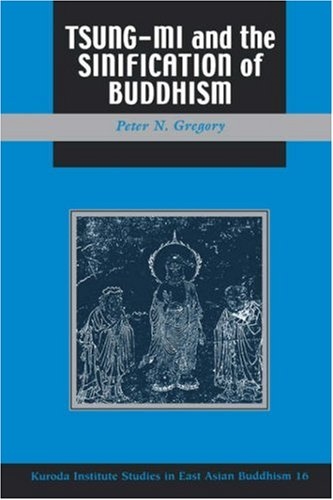No edit summary |
No edit summary |
||
| Line 57: | Line 57: | ||
**{{i|Tsung-mi's Ten-Stage Model|196}} | **{{i|Tsung-mi's Ten-Stage Model|196}} | ||
CHAPTER EIGHT | *CHAPTER EIGHT | ||
The Role of Emptiness 206 | *{{i|The Role of Emptiness|206}} | ||
A Cosmogony-Derived P'an-chiao 206 | **{{i|A Cosmogony-Derived P'an-chiao|206}} | ||
Tsung-mi's Theory of Religious Language 209 | **{{i|Tsung-mi's Theory of Religious Language|209}} | ||
The Meaning of Awareness 216 | **{{i|The Meaning of Awareness|216}} | ||
The Tathāgatagarbha Critique of Emptiness 218 | **{{i|The Tathāgatagarbha Critique of Emptiness|218}} | ||
CHAPTER NINE | *CHAPTER NINE | ||
Tsung-mi's Critique of Ch'an 224 | *{{i|Tsung-mi's Critique of Ch'an|224}} | ||
Ch'an and the Teachings 224 | **{{i|Ch'an and the Teachings|224}} | ||
Critique of the Different Types of Ch'an 230 | **{{i|Critique of the Different Types of Ch'an|230}} | ||
Historical Context 244 | **{{i|Historical Context|244}} | ||
PART FOUR: The Broader Intellectual Tradition | PART FOUR: The Broader Intellectual Tradition | ||
Revision as of 14:41, 3 June 2020
This study of Tsung-mi is part of the Studies in East Asian Buddhism series. Author Peter Gregory makes extensive use of Japanese secondary sources, which complements his work on the complex Chinese materials that form the basis of the study. (Source: University of Hawai'i Press)
| Citation | Gregory, Peter N. Tsung-mi and the Sinification of Buddhism. Kuroda Studies in East Asian Buddhism 16. Honolulu: University of Hawai'i Press, 2002. First Published 1991 by Princeton University Press. |
|---|---|

